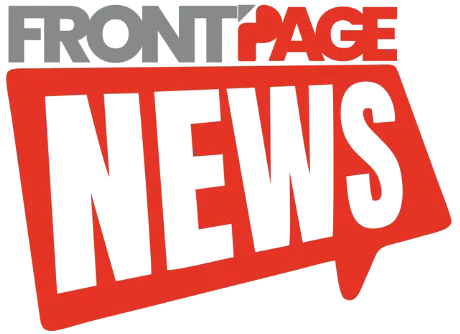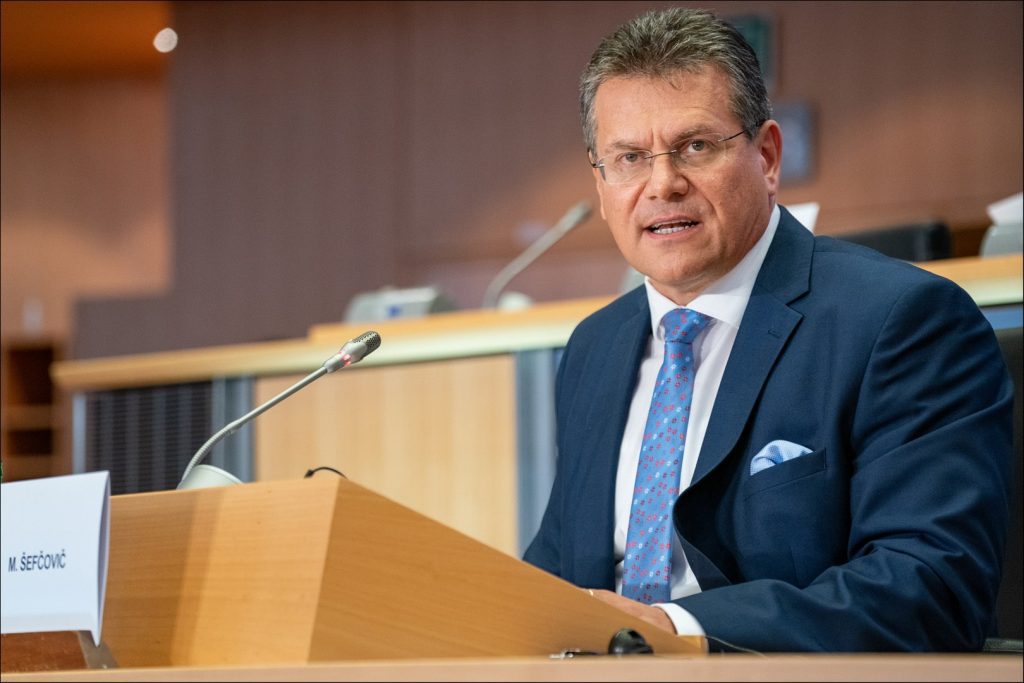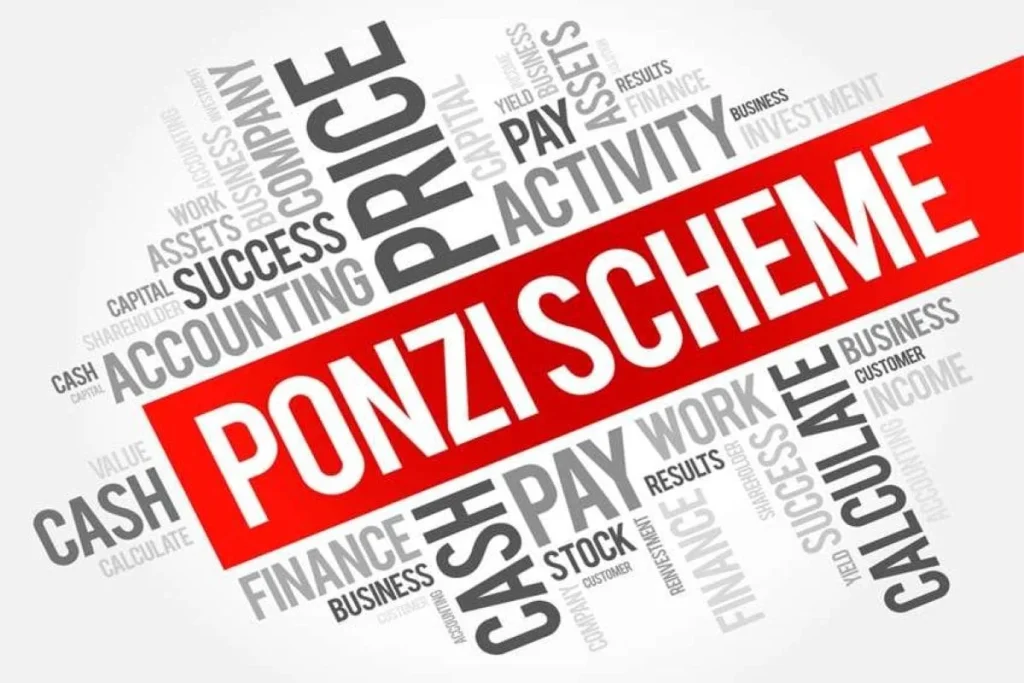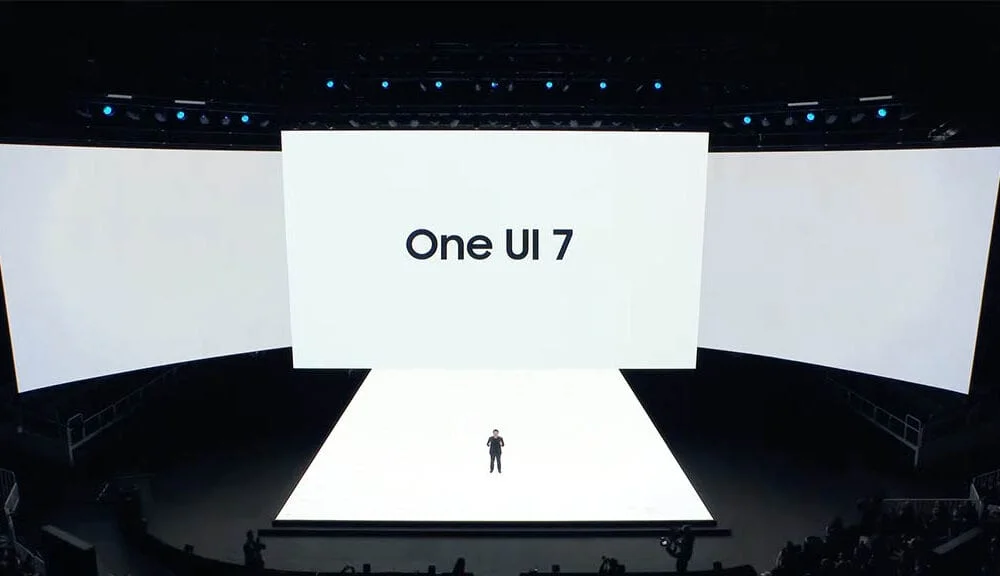Amid intensifying trade tensions with the United States, the European Union has expressed a clear willingness to engage in diplomatic negotiations while simultaneously preparing retaliatory measures to defend its economic interests. This dual-track strategy was revealed during a high-level meeting of EU trade ministers in Luxembourg, where officials weighed options in response to the latest round of U.S. tariffs targeting European steel, aluminum, and other goods.
The gathering followed the U.S. administration’s decision to impose steep duties—25 percent on steel, aluminum, and automobiles and 20 percent on most other goods—under a continued protectionist trade approach championed by President Donald Trump. While many within the EU view negotiation as the best path forward to avoid a full-blown trade war, the bloc has made it equally clear that it will not hesitate to respond in kind if provoked further.
EU Open to Tariff-Free Trade Pact but Braced for Battle
Speaking after the ministerial meeting, EU Trade Commissioner Maros Sefcovic confirmed that the European Union is ready to negotiate a “zero-for-zero” industrial goods tariff agreement with the U.S. The proposed pact would eliminate duties on all industrial goods exchanged between the two economic giants, potentially defusing rising tensions.
“We are finalizing the list [of retaliatory goods], but I can tell you that it will not reach the 26 billion euros [$28 billion] threshold because we have carefully considered feedback from our member states,” said Sefcovic, referencing the total value of affected goods under the current U.S. tariff measures.
Sefcovic also announced that the first phase of the EU’s retaliatory tariffs will be implemented on April 15, with a second round to follow a month later on May 15. These actions will target selected American imports in direct retaliation for Washington’s tariffs on European steel and aluminum.
Despite this, Sefcovic emphasized that the EU’s primary objective is to find a balanced compromise through negotiation. “Sooner or later, we will sit at the negotiation table with the U.S. and find a mutually acceptable agreement,” he stated.
Anti-Coercion Instrument: A Last-Resort Weapon
While the EU’s inclination is toward de-escalation, officials are keeping stronger options on the table, including the potential use of the Anti-Coercion Instrument (ACI). This legislative tool empowers the EU to restrict American companies from accessing European public contracts or to impose new limits on U.S.-based services operating in the bloc.
However, the invocation of the ACI remains controversial. Irish Foreign Minister Simon Harris described the measure as “very much the nuclear option,” suggesting that many EU member states are not yet prepared to deploy it unless diplomatic avenues are fully exhausted.
The sensitivity is understandable. European countries vary widely in their trade exposure to the U.S., and some—like Ireland, the Netherlands, and Germany—have deep commercial ties that could be jeopardized by escalation. As such, any broad retaliatory effort must balance solidarity with economic prudence.
Economic Asymmetry in Trade Battle
In assessing the transatlantic trade relationship, the EU finds itself in a challenging position. While its exports to the U.S. reached a substantial 532 billion euros ($582.1 billion) in 2024, imports from the U.S. amounted to 334 billion euros ($366.2 billion). This trade imbalance leaves the EU with fewer goods to target in a tariff tit-for-tat and exposes key European industries—like autos, aerospace, and luxury goods—to potential backlash.
This structural disadvantage places constraints on how forcefully the EU can respond without inflicting harm on its own economic base. Still, officials argue that calculated, strategic retaliation could pressure Washington to return to the negotiating table.
Dutch Trade Minister Reinette Klever voiced this view, urging caution while leaving room for action. “We need to remain calm and respond in a way that de-escalates,” she said. “The stock markets right now show what will happen if we escalate straightaway. But we will be prepared to take countermeasures if needed to get the Americans at the table.”
Transatlantic Tensions Spill into Consumer Goods
Even as Brussels advocates diplomacy, proposed retaliatory tariffs are already stirring controversy within Europe. One of the most contentious elements of the EU’s response is a proposed 50 percent duty on American bourbon—seen as a symbolic counterblow aimed at U.S. swing states with key distillery sectors.
President Trump, in turn, has threatened a retaliatory 200 percent tariff on European alcoholic beverages, including French wine and Italian spirits. This has sparked concern among EU member states that are major exporters of luxury consumer goods, especially France and Italy.
The prospect of a trade conflict spilling over into lifestyle products—traditionally high-value and culturally significant exports—has raised the stakes for EU policymakers, who must now tread carefully between protecting European industries and avoiding consumer-level backlash.
EU Strategy Hinges on Unity and Pragmatism
At the heart of the EU’s evolving strategy is a careful balancing act. While retaliation is necessary to maintain credibility and prevent trade bullying, the bloc is also aware that overreaction could harm both sides and unsettle global markets. With financial markets already jittery, European leaders are seeking to project steadiness, resolve, and openness to negotiation.
European Commission President Ursula von der Leyen has led the charge in advocating a zero-tariff pact, which could not only defuse the current trade row but also serve as a model for future global cooperation. But that path hinges on the willingness of the U.S. to come to the table in good faith—something that remains uncertain under Trump’s hardline economic agenda.
Looking Ahead: Negotiation or Escalation?
The coming weeks are likely to determine whether this standoff will lead to constructive dialogue or further deterioration. The first wave of EU tariffs is set to take effect on April 15, and absent a shift in tone from Washington, tensions could mount quickly.
With the second phase of retaliatory duties looming in May, the EU is essentially offering a brief window for diplomacy. Should the U.S. continue to escalate—whether through new tariffs or targeting iconic European goods like wine and cheese—the EU may be forced to reconsider its measured approach.
Ultimately, the resolution of this transatlantic trade dispute will depend on political will—on both sides—to prioritize cooperation over confrontation. For now, the EU’s message is firm but restrained: it is open to peace but prepared for battle.













